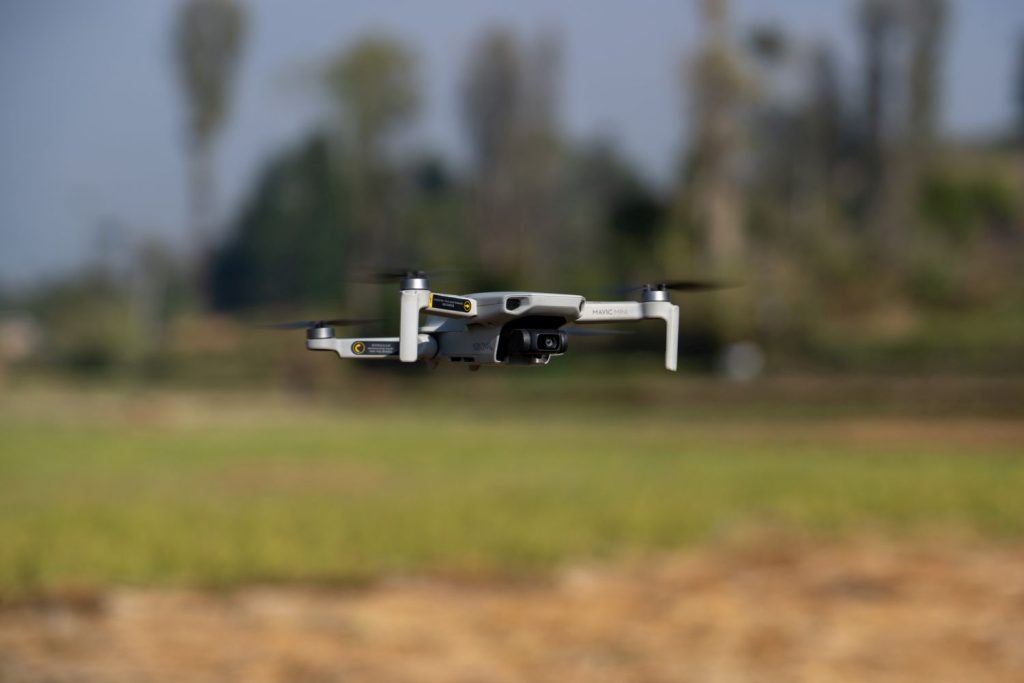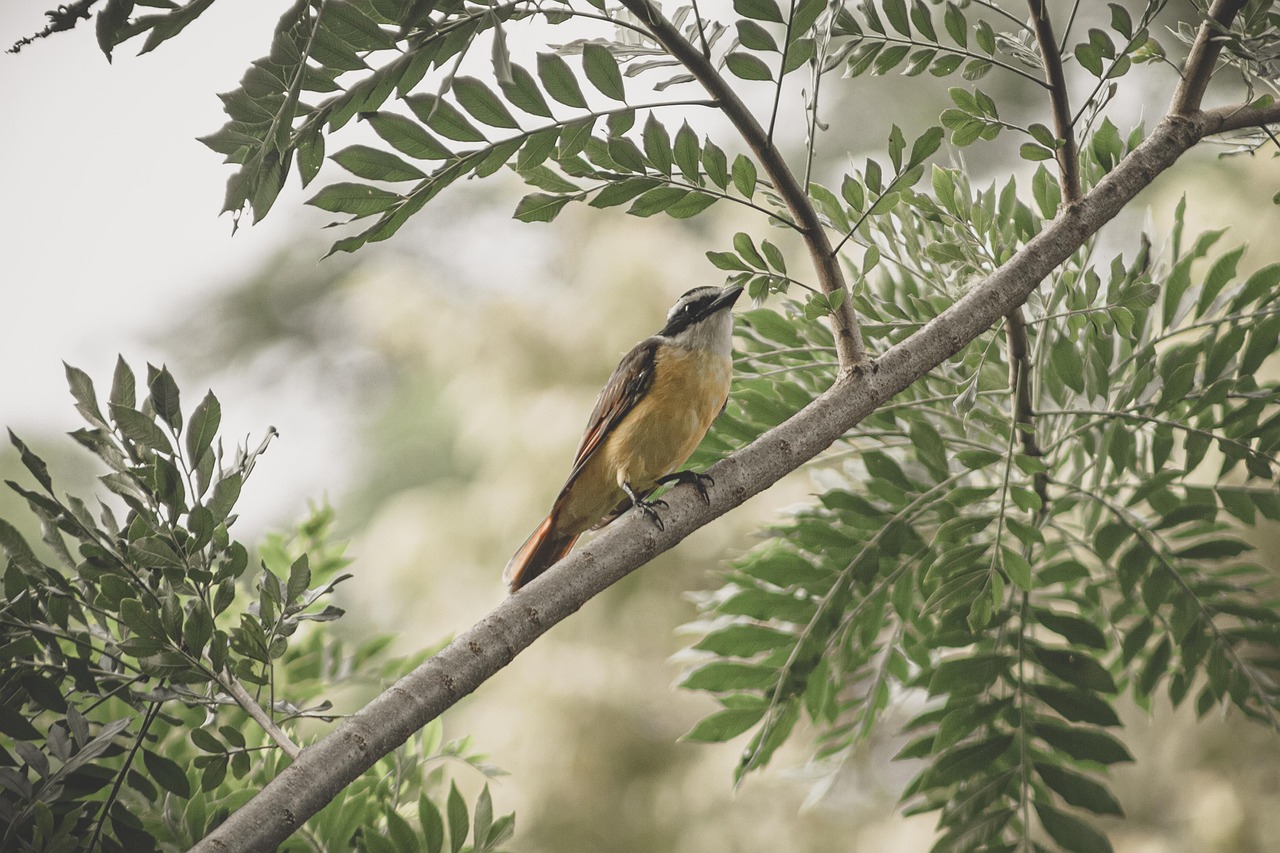Drone laws are confusing. But what, if any licenses, qualifications, registrations, and insurance do you need to fly a drone under 250g? Read on to find out more.
Drone Flying Rules in the UK (Under 250g)

Rule 1
Get your Operator ID and display it on your drone.

Rule 2
Don't recklessly endanger people or property.

Rule 3
Don't fly your drone in restricted airspace.

Rule 4
Don't fly over crowds of people with your drone.

Rule 5
Don't fly on or over an SSSI or SAP.

Rule 6
Get landowner permission for take-off and landing.
The main point of difference between a drone under 250g and one over 250g is in separation distances from people and built-up areas.
While you still need to abide by and understand restrictions set in place around UK airspace and certain landowners (more on that below), owning a drone under 250g ensures that you can legally fly in more places and circumstances than you would with a drone weighing over 250g.
But what are the rules for flying drones under 250g and how do they apply to you?
Rule 1: Drone Licenses & Training for Drones Under 250g
If your drone weighs under 250g, but has a camera and is not a toy, you are required by law to register it with the CAA. This is done by applying for an Operator ID. If you are under 18 you will have to get your parent or guardian to register for an operator ID and you will fly the drone under a flyer ID. The operator ID currently costs £10 and has to be renewed on an annual basis. The flyer ID cost nothing and is valid for up to 5 years. We recommend getting the Flyer ID as it helps you learn how to safely operate your drone within the law.
Rule 2: Keep Everyone Around you Safe
As a drone operator you have a legal responsibility to ensure you don’t recklessly or negligently cause or permit an aircraft to endanger any person or property. In basic terms this means use your common sense when flying your drone, be careful, respect other people and property, and generally don’t cause a nuisance.
You are legally allowed to fly drones under 250g close to people, buildings, and vehicles but this doesn’t necessarily mean you should!
Rule 3: Don't Fly Your Drone in Restricted Airspace
Although you’re not expected to know the intricate details of UK airspace, flyers of drones under 250g should know how to stay out of restricted airspace. This is to ensure you don’t cause safety or security concerns.
The main types of restricted airspace are; airports, military bases, nuclear power plants, royal palaces, and prisons. Flying over any of these without permission will put others at risk or cause serious security concerns so is to be avoided at all costs.
The easiest way to avoid flying in restricted airspace is by checking a reputable website, like dronesafetymap and/or downloading an app to check airspace on the go.
These websites and apps show you a map view of your location with airspace restrictions and warnings overlayed.
Look out for red circles, and red circles with rectangles jutting out. These denote restricted airspace. You can’t fly your drone here without prior permission, whether under 250g or not. If you want to fly a drone in restricted airspace you will need to seek permission from the relevant controlling authority prior to your flight.

Irregular red shapes can also denote restricted areas, but note that CTRs only apply to manned aviation, and not drones.

Yellow circles usually indicate glider or microlight sites and although use of your drone here is not restricted, use your common sense, exercise caution and call ahead to the site to check if your flight could cause any danger.

You can check on the name and type of any restricted area by clicking on it within your chosen website or app.
Rule 4: Don't Overfly Crowds
This is a really important rule, as although you can fly close to people with a drone under 250g you should never fly over crowds.
This rule, as with most rules here is based on safety and the ability for people within that crowd to move out of the way should the drone tumble to the ground.
Examples of crowds include:
- shopping areas
- sports events
- religious gatherings
- political gatherings
- music festivals and concerts
- marches and rallies
- at a crowded beach or park
- parties, carnivals and fêtes
Rule 5: Don't fly on, or Over an SSSI
An SSSI is a Site of Special Scientific Interest and the reasons for not flying a drone here are fairly obvious. Flying a drone in one of these areas will likely have a detrimental affect on the flora or fauna that the SSSI is protecting.
There are further restrictions on flying drones around protected wildlife during nesting season for example but these rules and locations are unfortunately fairly hard to find any information on.
The following resources may be useful:
Natural England
Natural Resources Wales
NatureScot
Northern Ireland Environment Agency
Rule 6: Get Landowner Permission for Take-Off and Landing
This rule is fairly nuanced, especially when flying drones under 250g.
The main thing to consider here is whether or not you are taking off from public land. If so then the chances are you are ok to do so, although some councils have byelaws stating that no drones are to take off from their land.
Taking off from private land? The likelihood is that you will need permission from the landowner, otherwise what you are doing could be counted as trespass, and you could be prosecuted as such.
When thinking about this rule, it’s important to differentiate between the take-off location and the flying in the air.
For instance, National Trust have banned all drones from taking-off or landing on their land without prior permission, but they have no jurisdiction over the airspace above their properties.
Bonus Rule 1: Visual Line of Sight and distances
Any drone flying within the UK, whether under 250g or over must remain within Visual Line of Sight of the pilot flying it. In practice, this means that you must be able to see your drone at all times.
You are not permitted to fly a drone more than 400 ft or 120m above the surface. This applies to both hobbyists and commercial drone operators, although some operators hold Operational Safety Cases which allow for increased flying heights and distances. DJI drones allow you to set maximum flight altitude and distance within the app, we advise you to use this feature to ensure that you don’t needlessly break the law.
Bonus Rule 2: Do I need Insurance for Drones Under 250g?
Operators of drones weighing less than 250g do not require insurance for Hobby flights. If you want to operate a drone under 250g for commercial purposes (defined as any use where you will get a financial payment) you are required to hold drone-specific third-party insurance. Popular providers of drone-specific insurance include Cover Drone and Moonrock.

Summary
- Flyers of all drones need to be aware of UK airspace and where they can and cannot legally fly their drone. this information can easily be obtained from free apps and websites.
- You do not need a license to fly a drone under 250g, but you will need to register for an operator ID if the drone is equipped with a camera.
- If you are under 18 you will need to get a parent or Guardian to sign up for an operator ID and you will be able to fly under a flyer ID.
- If you are flying a drone under 250g commercially, you will need third-party, drone-specific liability insurance.
- Drones under 250g can be flown in residential, recreational, commercial, and industrial areas provided that area is within an allowed airspace and there are no local byelaws preventing the use of drones.
- Drones under 250g can be flown close to and over people but not crowds.
- All drones, regardless of weight have a maximum legally allowed flying height above the surface of 400 feet, or 120m.
- All drones, regardless of weight need to be kept within Visual Line of Sight of the pilot at all times.
Drone Training
If you’re new to drones and finding it hard to digest this information, but you’re a good egg and want to ensure you’re operating within the law and not endangering the public, then we suggest booking yourself onto a drone course with an experienced operator.








Thank you I am new to the drone flying I have just gone up my local park plenty of space would never go high but I felt wrong doing it
Andy
Hi,
I think I landed on this page after a Google search and, after just having bought a DJI Mini 4K, found it and the other pages on your website very helpful, thanks.
However, I had to look up CTR (Control Traffic Region, I presume) because you introduced that initialism without an explanation.
Cheers,
Ian
Thanks for the support Ian, glad you have found the blog posts useful. Ah yes, you’re right on the CTR, I will add an explanation to the post.